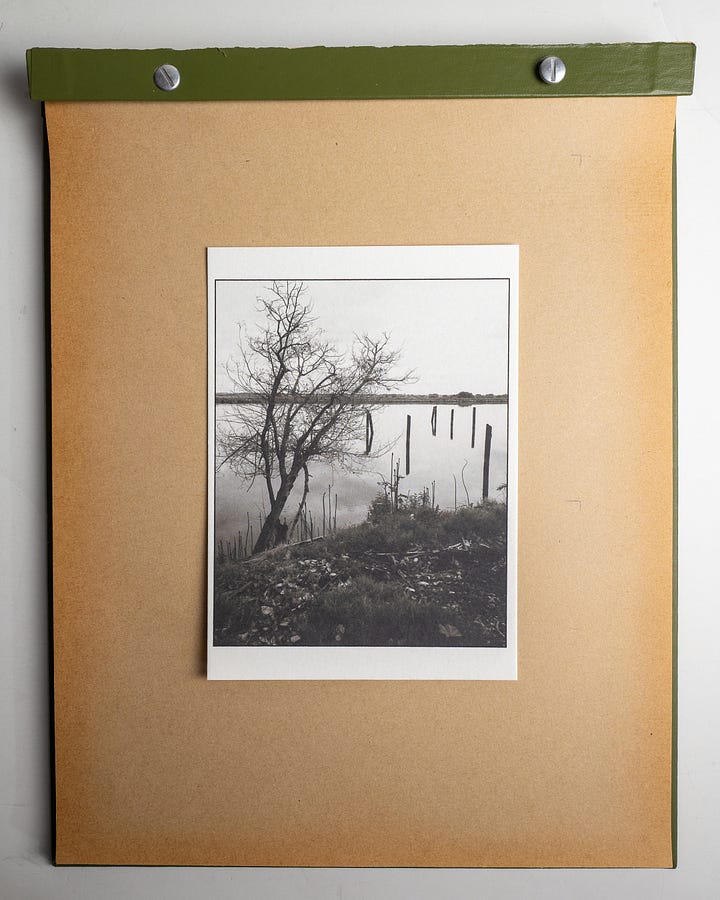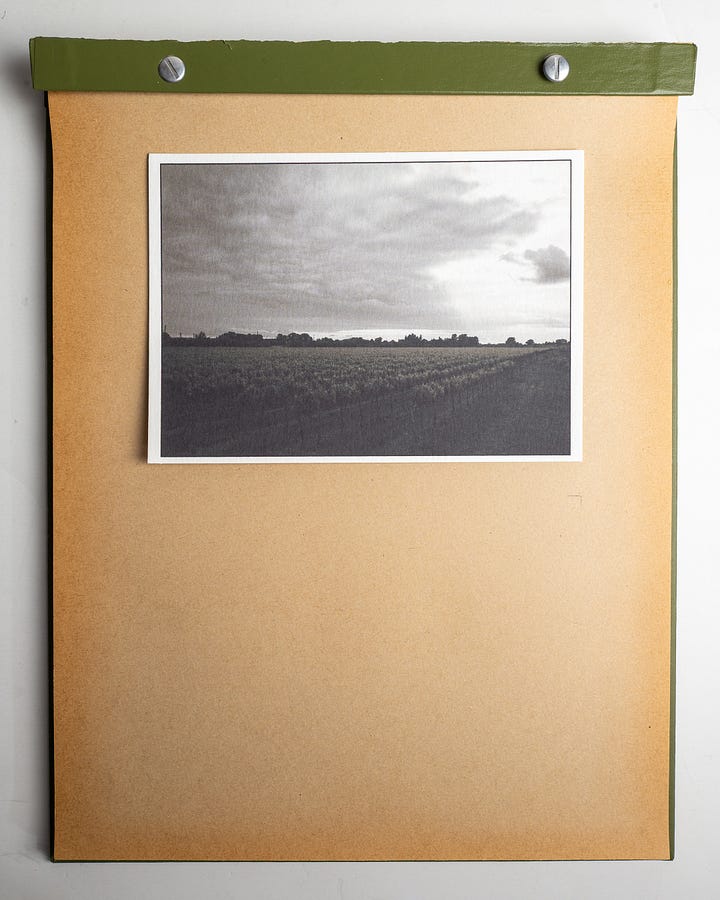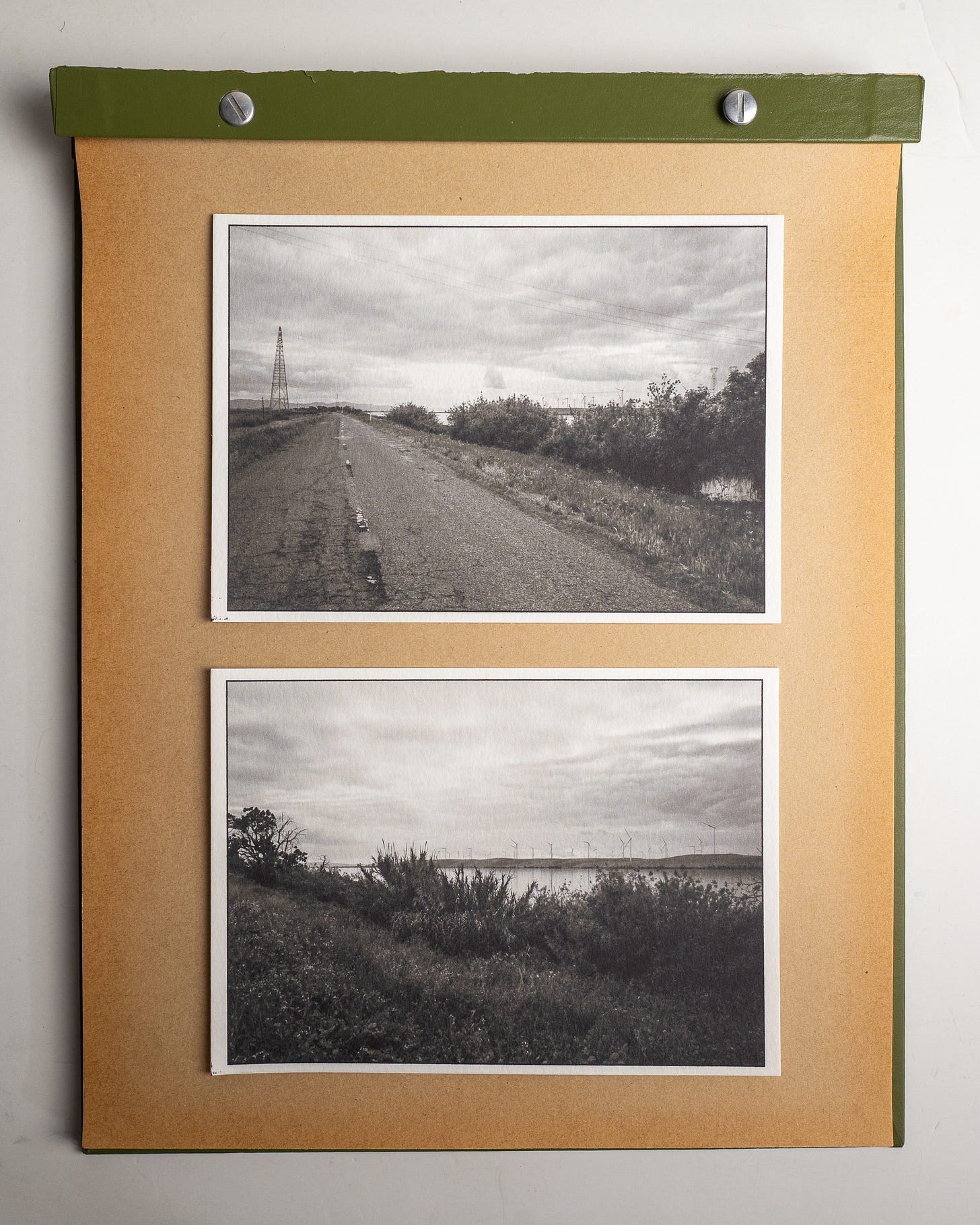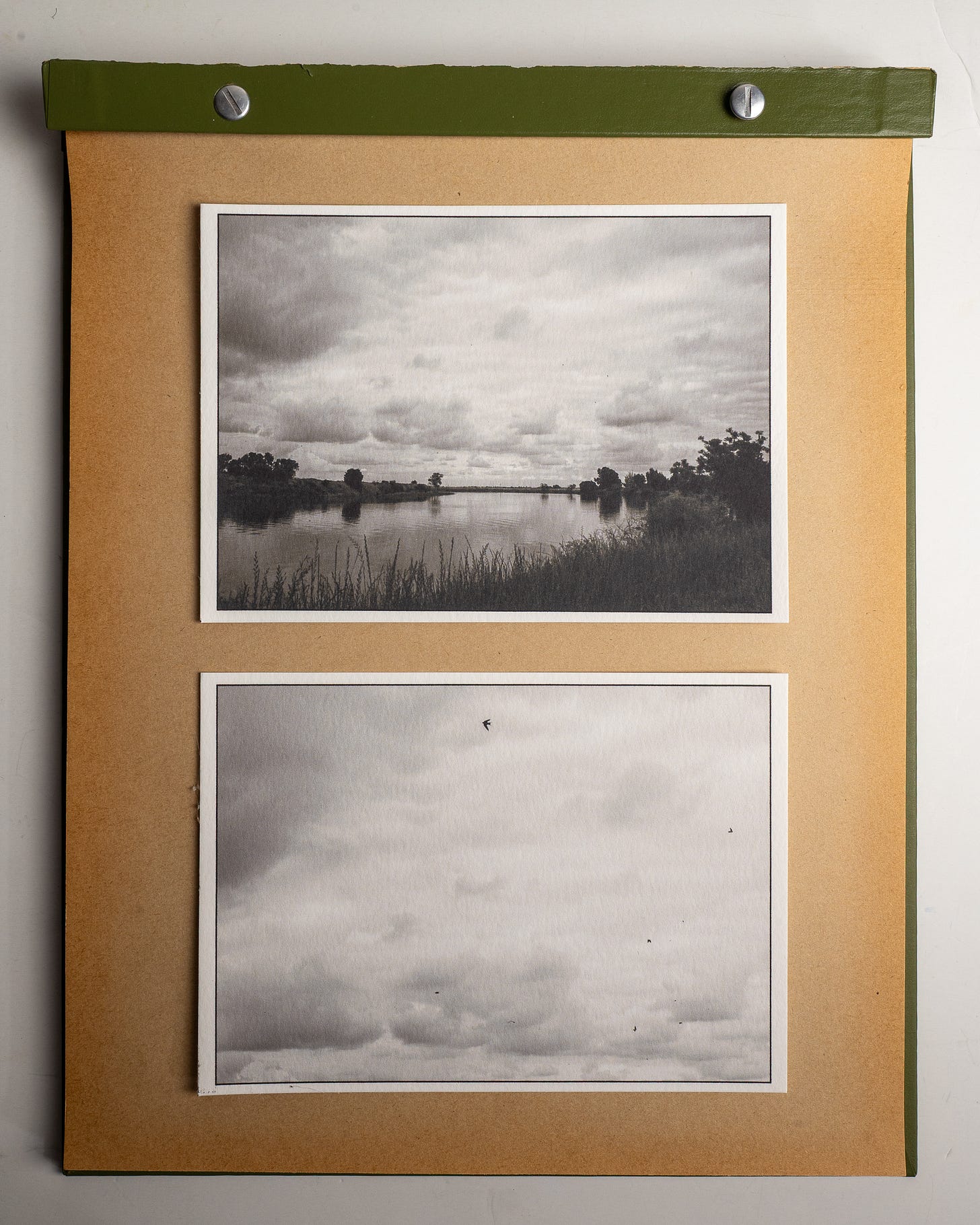The Missing Piece: How Printing My Work Is Transforming My Photography
Making the image is just the beginning. The print is where the work becomes real.
I’ll be honest: I didn’t spend much time printing my photos until recently. Like many photographers today, I either didn’t feel the need to invest in a dedicated photo printer, or I was so busy creating work that it made more sense to outsource prints to a local lab or an online company with solid pro-grade printers.
But at the start of this year, something shifted. I decided to dip my toes in the water with a simple Canon Pixma TR2680A—not a high-end machine by any stretch, but enough to get started—and committed to printing more of my work. Along the way, I’ve been exploring different processes, experimenting with paper types, and paying attention to how the physical form of an image changes my relationship with it, especially while working on my latest book project.
The images I’m sharing in this post are from my recent work in and around Sherman Island and Rio Vista—scenes that have been part of my evolving exploration of the Delta. As a test, I’ve been printing on a range of papers: Hahnemühle Platinum Rag, delicate Japanese washi paper, and a surprisingly inexpensive choice I’ve come to love—Strathmore heavyweight printmaking paper, which is shown here. Each paper type brings out different nuances in the images, and it’s been eye-opening to see how texture, weight, and finish influence the final feel of the work.
One thing that’s become clear: mastering the printing process and learning the artistry of creating your own distinct look is a serious advantage in a world overflowing with digital images. There are talented photographers everywhere, but the ability to craft a finished piece—something tangible that reflects your vision from capture to print—can truly set your work apart.
We live so much of our creative lives in a non-tangible space, which makes the act of holding something finished in your hands incredibly powerful. Marking milestones of progress has a deep psychological value. For me, printing has become a way to create those benchmarks—and, just as important, to bring closure when a project comes to fruition.
Something else also surprised me: once I started making test prints, I became more critical of my framing and composition choices. There’s something about seeing an image on paper that forces a different kind of honesty—details that felt fine on a screen suddenly reveal weaknesses you might not have noticed before. It’s made me a better editor of my work, and I’m already seeing how this new habit shapes my approach moving forward.


So here’s my challenge: if you’ve been sitting on a body of work, wondering what’s next, stop letting it live only on a screen. Printing is where the real growth starts. It will sharpen your eye, deepen your understanding of your work, and push you to see your images in a new way.
Start small, experiment, fail a little, and keep going. There’s no substitute for holding your vision in your hands—and no faster way to push your craft to the next level. The digital file is just the beginning. The print is where the work becomes real.
New to Behind the Photos? Subscribe to get future posts—quiet observations, honest photographs, and small stories worth remembering.







I just mentioned to someone that printing (and just the printing in the darkroom) is an art in itself!
Having a print in your hands is so satisfying…
I’ve long been an advocate, here and on 35MMC, of the need to get your photographs into the physical realm to have them appreciated and to give them longevity. My darkroom days are over (for now?) but my photogravure days and my photobooks are ahead of me. I’m especially enjoying the photogravure process and the beauty of the prints.